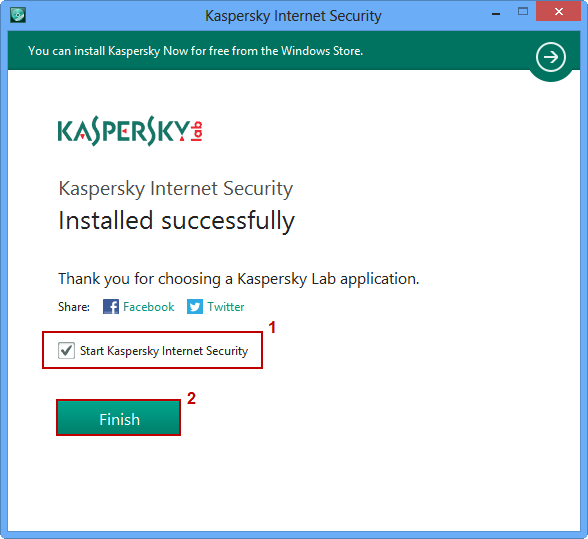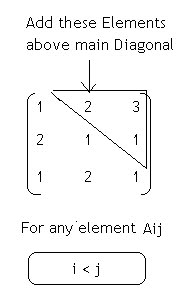Kaspersky is known for its vast amount of World Class Security Products. Kaspersky Internet Security 2014 is one of the product that offers that computer users around the world to protect their PC from Internet Threats. Now You can get this KIS 2014 completely free for 90 days with Genuine Product key/ License Keys.
Kaspersky Internet Security 2014 Features
- Anti-Malware Protection -
- Internet Protection
- Identity Protection
- Anti-Phishing Protection
- Advanced Parental Control
KIS 2014 provides the full protection from Internet Threats and also It has the full Kaspersky Antivirus 2014 Package with itself. KIS 2014 provides complete protection for your computer and protect your data and money.
Download Free Kaspersky Internet Security 2014 License Keys for 3 Months
By Downloading the Genuine Trial version of Kaspersky Internet Security 2014, you can get the complete 3 months free Protection with other benefits like online shopping, banking and social networking Security.
Steps to Download Free License keys of Kaspersky Internet Security 2014
Just follow the below steps to get 90 days free Trial of Kaspersky Internet Security 2014.
1. First, Download the KIS 2014 from the following french website. Use the Google Translate feature translate website. If you are Firefox user, You can use this Auto-Translate Firefox Add-on to Translate this site.
2. Download the Latest version of Kaspersky Internet security 2014 that is KIS Version 2014 (14.0.0.4651ab).
3. Then launch the download file and install the Kis 2014 in your computer.
4. After you installed the KIS 2014, launch it and you will be asked to enter the Kaspersky Serial Keys.

Just Enter the following Serial/ License key – QCGUH-J8FF6-33WGA-UBY62
If the above KIS 2014 serial Key doesn’t work for you, use the following keys
- 4GGYH-S7HEJ-QEGXT-4C88H
- 33WG QCGUH-J8FF6-A-UBY62
- 4GGYH-S7HEJ-QEGXT-4C88H
- QCGUH-J8FF6-33WGA-UBY62
Now, You have the complete protection from Kaspersky Internet Security 2014 which will provide round the clock protection against all kinds of threats. In the mean time, you can also update the KIS 2014 with latest virus definitions that will provide the security against the latest threats.
If you have any issues in the installation of Kis 2014, leave your comment. We’ll try to get back you.









